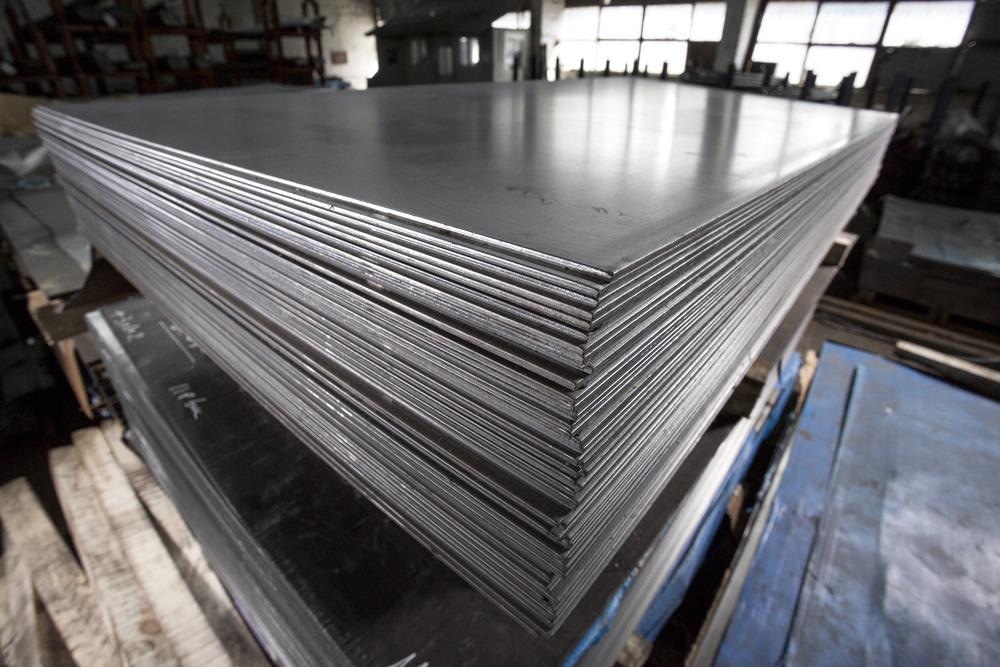Intense and stable nanosecond laser pulses are increasingly used in several research fields. Write in the journal Optical Communicationsa team of scientists explored their use to propel stainless steel microspheres.
Study: Shockwave propelled metal microspheres based on fibrous structure laser propulsion. Image Credit: Alexandru Rosu/Shutterstock.com
Nanosecond laser pulses and propulsion
Nanosecond laser pulses have recently attracted research attention for their use in several applications such as laser drilling, laser micromachining, and laser propulsion. The use of nanosecond laser pulses for propulsion has been proposed as an alternative thrusting method due to the low launch cost, high payload, and laser propulsion being a non-contact technique. The technique has the potential for cleaning orbital debris, satellite attitude micro-adjustment and laser cleaning.
The potential for using nanosecond laser pulses for propulsion has been demonstrated by L Felicetti et al. using the method to propel a small satellite. The results of this research demonstrated that propulsion efficiency is related to laser energy. Thrust is generated by high-energy, high-temperature plasma, and a recoil effect aids the movement of the object. Laser propulsion can be broadly divided into two modes: ablation and air breathing.
The use of nanosecond laser pulses to provide propulsion provides high, non-contact and directional controllability. Research has now begun to focus on the use of microscale laser propulsion for the control and manipulation of materials and machinery.
Recent work on micro-scale laser propulsion and challenges
Recently, studies in this area have demonstrated the potential of nanosecond laser pulses to provide microscale propulsion for a variety of applications. Yu et al. studied the effect of shock wave mechanisms on polystyrene and SiO2 microspheres using nanosecond laser pulses. The work clarified the influence of microsphere size and laser energy on laser propulsion. However, due to the lack of free electrons in these materials, propulsion efficiency and plasma intensity were reduced.
Metallic materials have been explored to improve propulsion efficiency. In a recent research study, Demo et al. studied laser cleaning to help understand the interaction between laser and metallic materials and better understand laser-induced damage to materials.
Learn more about lasers – Increase wear resistance with laser heat treatments
Challenges in using nanosecond laser pulses for microscale and nanoscale applications have been identified in recent work. There are problems with the strong irradiation of the surface of the microsphere by the laser energy, which can exceed the threshold of degradation of the microsphere and cause the proliferation of contaminating particles. In addition, the laser spot can have a large diameter. Additionally, the direction of propulsion of the microsphere can be difficult to control.
Due to these challenges, research has focused on creating fiber-based systems that improve laser energy control and scalable spot size to improve microscale propulsion of metallic microspheres. These systems have the advantage of high power, specialized fiber structures and controllable distance of microspheres and can effectively improve propulsion efficiency.
Development of a fiber-based nanosecond laser pulse propulsion system for the control of metallic microspheres
The study published in Optical Communications proposed a fiber-based laser propulsion system to propel stainless steel microspheres. The face of the fiber emits nanosecond laser pulses in a highly controllable manner. Using the system, the authors studied the interaction between metal microspheres and laser pulses. The team observed that the new laser propulsion system provided directional control of the stainless steel microspheres.
Additionally, using the system, the propulsion efficiency of the microsphere could be controlled by adjusting the energy of the laser pulse and the distance of the gap. The results of the study also demonstrated that the propulsion efficiency of the stainless steel microsphere was higher than that of the non-metallic spheres. Additionally, the team used the system to clean contaminants from the surface of the stainless steel microspheres.
The team used a combination of simulations and experimental observations to draw conclusions about the propulsion efficiency of stainless steel microspheres using the new fiber-based nanosecond laser pulse system. The experimental phenomena showed a good level of agreement with the simulation results.
Based on their observations, the team proposed that their new fiber-based nanosecond laser pulse propulsion system could be used for laser cleaning and manipulation of microscale microelectronics and metal machinery.
The future
The authors of the study Optical Communications demonstrated the development of a new nanosecond laser pulse system built from fibers. The system offers improved levels of propulsion control and efficiency with the advantage of contactless for microscale applications.
Additionally, by demonstrating that the system can be used for laser cleaning, the possibility of using it for applications such as metal pollution control. Additionally, the team concluded that the new laser system could be used for manipulation of metal machinery on a microscopic scale. The research is helping to lay the foundation for future studies of laser propulsion.
Further reading
Li, H et al. (2021) Shockwave propelled metal microspheres based on fibrous structure laser propulsion [online] Optical Communications | sciencedirect.com. Available at: https://www.sciencedirect.com/science/article/abs/pii/S003040182100910X

